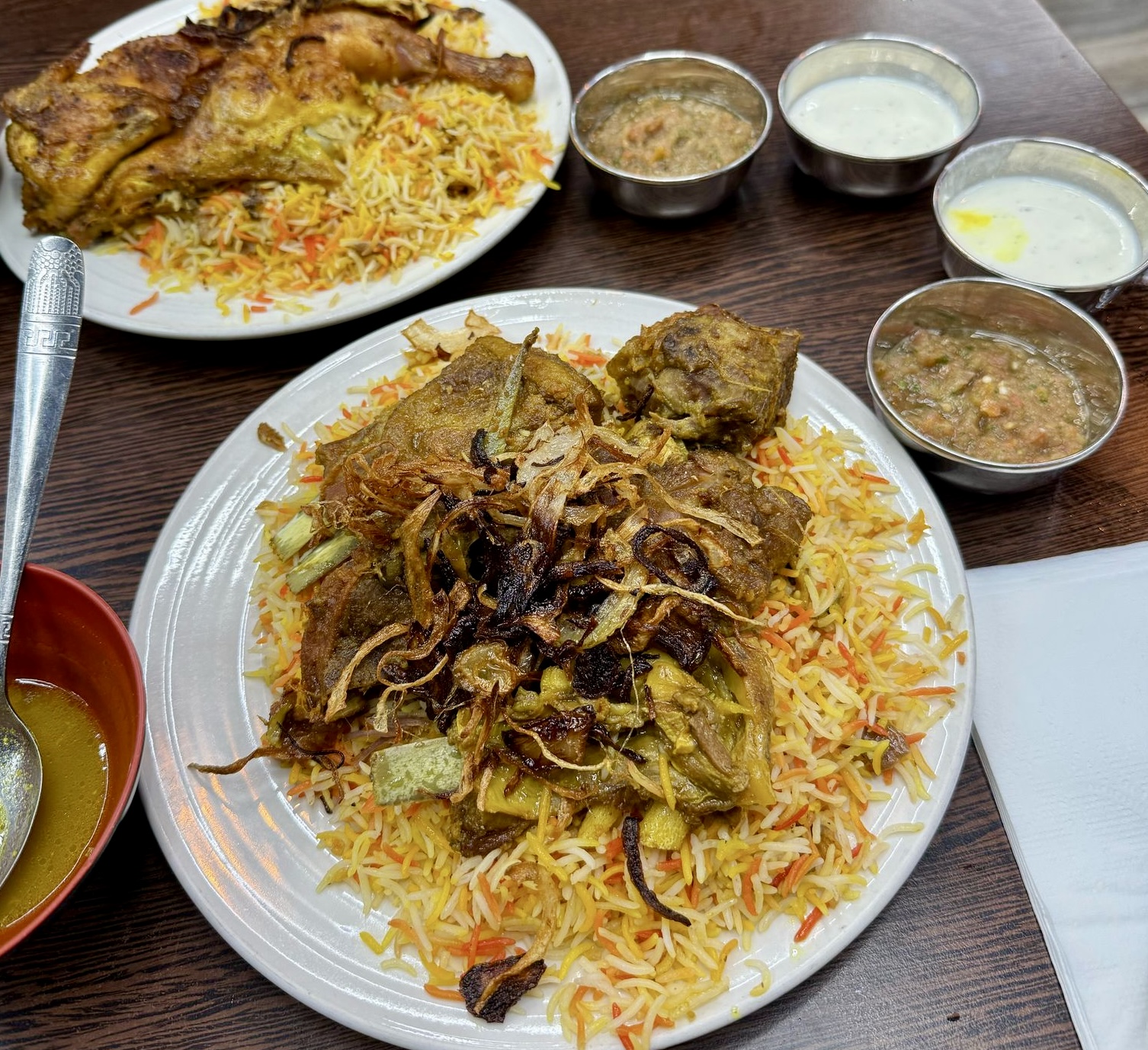Quench Travel explores the world one drink at a time.
Alcohol is one of those wonderful things that brings people together. Popular in many countries around the world booze can cross language barriers and give you a real taste of the culture. Quench Travel has created a list of alcoholic beverages from across the globe that you can use to help you decide what to try on your next holiday or simply what drink to take to your next party.
Snake wine
A big bottle of wine can be a dangerous thing on its own but in Southeast Asia it can get even riskier. ÔÇÿSnake Wine’ is made by infusing a whole snake, usually a poisonous one, in a bottle of rice wine (thankfully though the alcohol kills of their venom). There are two types of rice wine: there is ÔÇÿstepped’ wine that usually contains a big snake and is left to infuse for many months before drinking, or ÔÇÿmixed’ wine where the snake’s body fluids are added just before you pour it into your shot glass.
Heather Arnold
Impala
Although traditionally in South Africa the locals are used to home-made beers, in recent years the brewing company SABMiller has worked out a way to use cassava to commercially produce a beer called Impala. Not only creating jobs and helping farmers sell their cassava, the development of Impala has reduced the amount of unregulated alcohol consumption and provided a tasty alternative to the porridge-like home-made beer. Far cheaper than a normal beer, Impala tastes just like a normal lager with its own unique slight sour note and, as we all know, cheaper is always an incentive to try something new!
Kathanna Riekemann
Jagermesiter
There are few students who haven’t succumb to the epic Jagerbomb, this is because A ÔÇô they’re cheap and B ÔÇô they get you very drunk, very fast. However Jagermesiter is more than just a 2am bar fix. The German liqueur was originally created as a cough remedy in the early 20th Century and is made from 56 different herbs and spices. The name Jagermesiter translates literally to ÔÇÿhunting-master’ thus the symbol of the stag on the bottle. For something a little different mix Jagermesiter with cherry Sourz and Red Bull to make a Cherry Bomb.
Kathryn Lewis
Absinthe
Originating from Switzerland in the late 18th century Absinthe (also known as the green fairy) is suited for the more ÔÇÿhardcore’ students. Averaging at around 60 % alcohol content this spirit isn’t for the faint hearted, in fact the consumption of Absinthe was banned completely in the USA up until 2007. The anise flavoured liqueur is well known for its supposed hallucinogenic effects and was even rumoured to be the reason Van Gogh’s left ear got the chop. Traditionally absinthe is mixed with water and sugar but try it with Baileys for a modern twist!
Kathryn Lewis
Waragi
Not normally regarded for producing fine alcohol Uganda has provided us with a gin distilled from bananas called┬áWaragi. Usually sold in┬ásachets┬áthe mere unusual novelty of buying alcohol in a bag is enough to try it. The name originally comes from ÔÇÿwar gin’ so expect something coursing down your throat as fiery as the African sun. On its own the spirit has been said to have soft notes of juniper but if you’re not an expert on taste then feel free to experiment and add it to Coke, Lime or Tonic for a drink that goes down easily.
Kathanna Riekemann
Sangría
Sangr├¡a originates from the Iberian Peninsula and is an informal drink. Therefore, the recipe is often improvised, making it fun to make with a group of friends. It often includes a delicious mix of red or white wine, brandy, whisky, triple sec, soda water, strawberries, apples, oranges, lemons, pineapples, peaches, mint leaves, sugar and sometimes even cinnamon. It is usually served in a jug with a wooden spoon so you can eat the yummy fruit when it has absorbed the alcohol. Making sangr├¡a is easy and makes a cheap bottle of wine so much more drinkable; it tastes like Spain in a cup! Fun fact: its name is derived from the Spanish word ÔÇÿsangre’ which means bloodÔǪmake of that what you will!
Danielle Penny
Caipirinha
Caipirinha is a sweet and exciting cocktail made from sugar-cane rum and as Brazil’s national drink it reflects the taste of a nation. The name of the drink comes from the word ÔÇÿcaipira’ which means ÔÇÿsomeone from the country side’ and is Brazil’s version of the word ÔÇÿhillbilly’. Despite the humble origins of this name Caipirinha is now hugely popular in fancy bars around the world.
Heather Arnold
Shiraz
Shiraz is the name of a dark black grape, which has very thick skin. It is a very versatile grape as the flavours and tones change greatly depending on which soil and climate it grows in. This explains why Shiraz wines from different regions are very distinct. Shiraz is very popular in Australia; in fact, about 40% of all red grapes planted there are of the Shiraz variety! Australian Shiraz is often full of intense dark fruit flavours with “peppery notes”, but also comes in a lighter, fruitier variety, which contains lots of blackberries and raspberries. Shiraz is often the choice wine to be served with red meats. Legend has it that a French knight called Gaspard de Sterimberg discovered Shiraz near Shiraz in Persia during the 13th Century Crusades, hence the name of the grape.
 Danielle Penny
[wzslider autoplay=”true” lightbox=”true”][wzslider]



